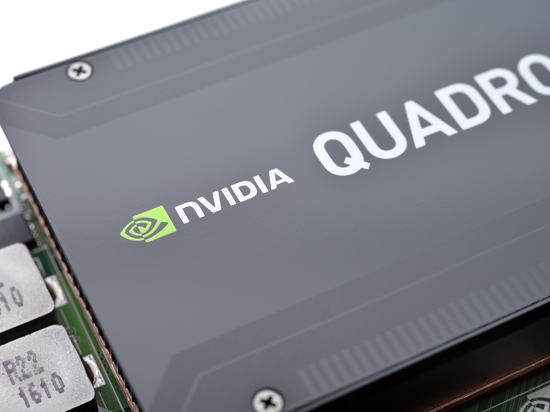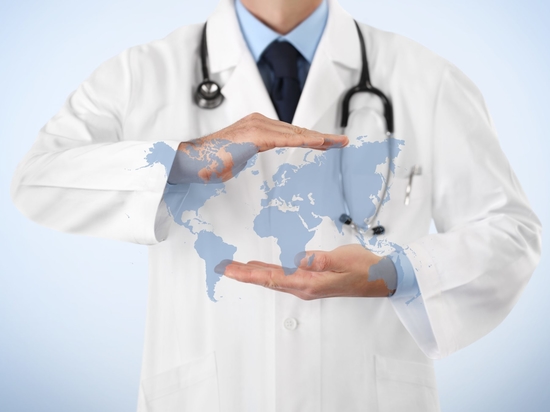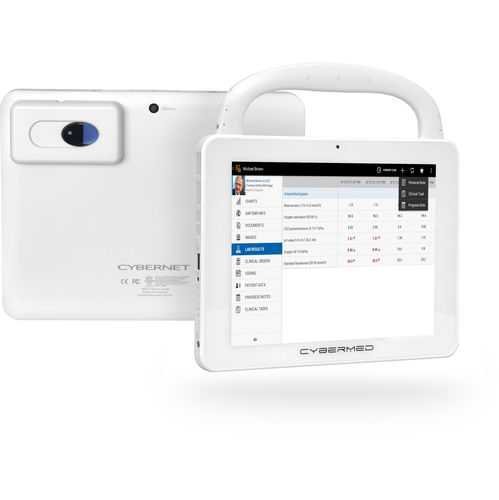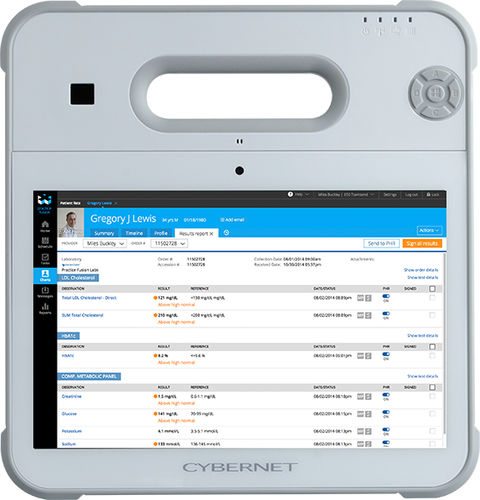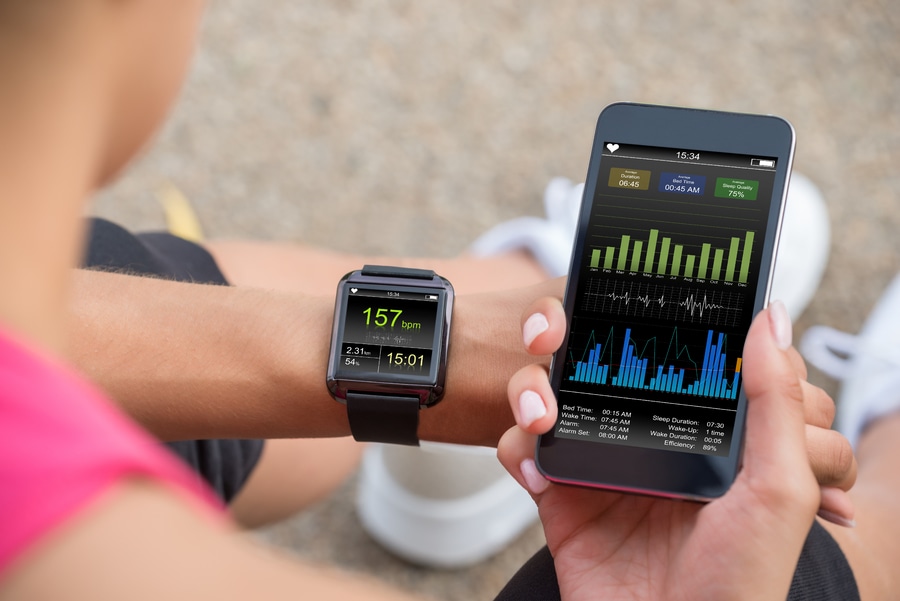
#Product Trends
Why Personal Health Records are as Important as EHR and EMR
How patient's own personal medical records can save lives
A personal health record is a file containing healthcare-related information created and maintained by the patient. Also known as PHR, many started as paper files and documents.
Time moves on and so does technology. Patients now use apps, websites, and other electronics to note down their doctor visits, medications, and even wills. This is one of the reasons a PHR is also referred to as a “free EMR.”
Differences between PHR and EHR / EMR
The patient creates and controls their personal health records. This is the main difference. They decide what information goes in it or not. Contrast this to electronic health records (EHR) and electronic medical records (EMR). These are owned by healthcare organizations like medical clinics, hospitals, and health insurance companies.
Other notable differences:
Patients are not legally obligated to have PHRs. Healthcare doctors, on the other hand, must legally record their patients’ health information and treatment plans.
Data held in EHRs and EMRs are much more extensive. Example: visit notes and test results.
Various laws regulate EHR and EMR information. The Health Insurance Portability and Accountability Act, or HIPAA, regulates those who have access for example. These rulings may – or may not apply – to PHRs.
Patients may not be able to transfer their medical records when switching to new healthcare groups (usually due to job or insurance changes). This is called “siloing” and may be due to incompatibility between the groups’ record systems, legal reasons, or both. Another reason is the patient may see multiple doctors who each use a different EHR/EMR. Personal health records make it easy to keep track of all that health information since they’re maintained by the patient.
How Personal Health Record Software Works
Patients can hold their medical information in electronic devices like a smartphone, online, or both. Popular software and sites include:
Medfusion Plus
Medisafe
MTBC PHR
My Health History
My Medical
Information held in a PHR varies. The following are considered the very basic to start:
Doctors’ names and important phone numbers
Allergies
Chronic diseases like diabetes
Drug allergies and effects
Family health history
Major illnesses and dates
Hospitalizations and dates
Imaging reports and results (e.g., X-ray, CAT scan) and dates
Laboratory test results and dates taken
Medications including dose information
“Observations of daily living”
Past medical and surgical interventions with dates
Prescription log
Surgeries and similar procedures with dates performed
Vaccinations and dates given
Patients can add more information as they come up with new goals and resolutions. For example:
Blood pressure readings
Dietary information like food logs
Exercise goals and accomplishments
Special health goals like weight loss, reduce cholesterol level, or to stop smoking
Data from apps for health such as FitOn, Beachbody On Demand, and MyFitnessPal may be synced or manually entered into PHR.
Some healthcare doctors offer ways to tie an EHR to a PHR. This is done through “patient portals.” There, patients can directly add select information to their medical record. Blood pressure readings are a good example. Same with insulin usage and similar drug usage.
Doctors can use this ability to pull real-time information up on their medical computers. This makes it easier to track the patient’s conditions and responses to treatment plans.
Another advantage to patient portals is cybersecurity. Those that provide them usually fall under the authority of HIPAA. Enacted to protect patient information, HIPAA extends that coverage to select information from personal records through the Privacy Rule. (Note: this rule does not apply to portals provided by businesses and vendors which do not fall under HIPAA mandates.)
PHRs synced with patient portals can also provide real-time services like:
Appointment scheduling and management
Drug interaction checking
Electronic messaging between the patient and their doctors
Refill requests
Reminders
Patients who prefer to keep their personal health separate should be prepared to manually enter information as very few groups are willing or even capable of sending information electronically to PHRs that aren't part of a portal.
Closing Thoughts
When most people hear of medical software, they imagine programs like electronic health records or telehealth. But it’s not just doctors and healthcare IT who use them for the health industry. Patients are turning to software as part of their greater involvement in their health needs. These personal health records (PHR) allow patients to create and manage their medical history and details. PHRs are not the same as EMR and EHR though they may contain similar information.
Contact an expert at Cybernet if your medical practice is interested in making sure its medical computers are at the best in syncing with your patients’ PHR.



